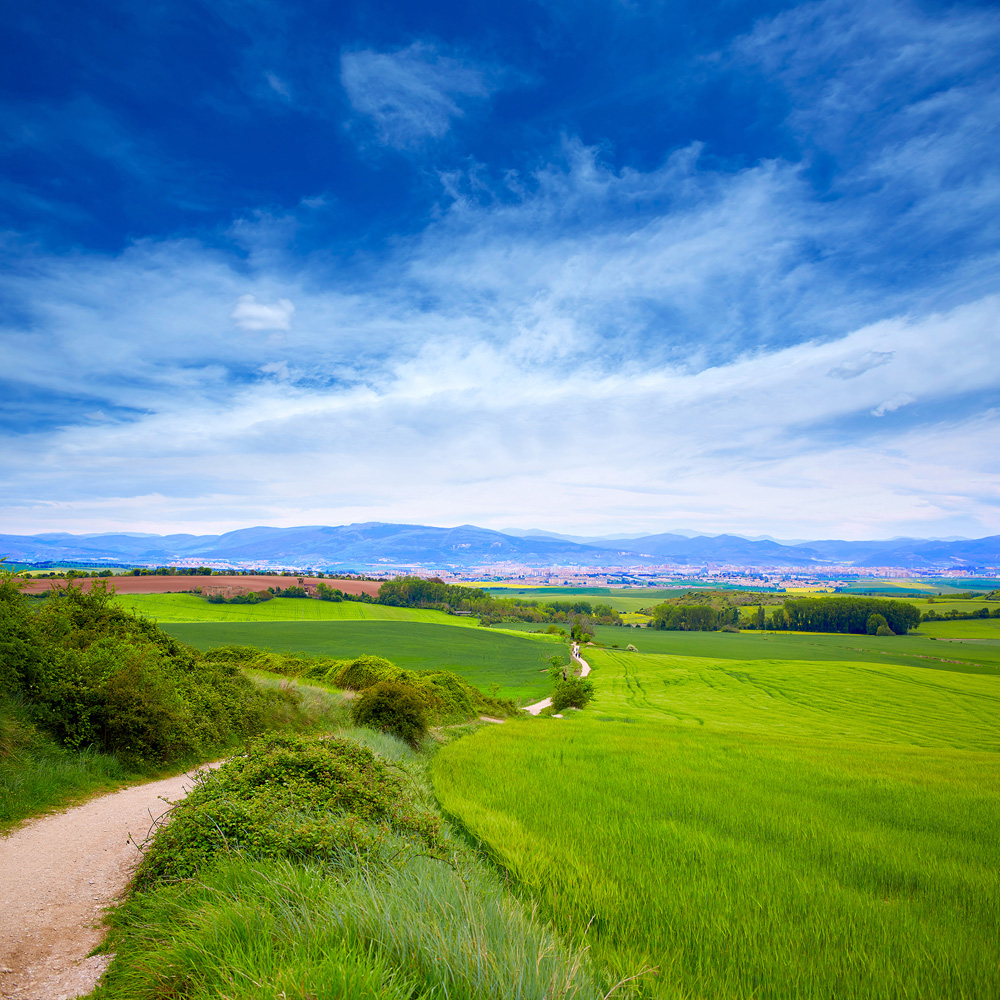
People go on a pilgrimage for all sorts of reasons. Sometimes it’s the thrill of exploring an unknown or foreign place. Sometimes it’s to find meaning in their lives. Sometimes it’s to make a stronger connection to a higher power. Whatever the reason though, odds are the pilgrim will come out of their journey changed. One of the most famous pilgrimages is the Camino de Santiago (also known as the Way of St. James) that takes the pilgrim on a month long walk through France and Spain.
The Camino de Santiago starts in Saint-Jean-Pied-de-Port in France and it runs along the northern Spanish coast to Santiago de Compostela. The route is close to 500 miles long, but not all pilgrims travel the whole length of it. In some cases they choose different starting points, or walk bits and pieces of the trail, but they always end in the same place.
While you will need good shoes, and perhaps a decent walking stick, he path itself isn’t very difficult to walk. Most stages are fairly flat and on good paths. You will need to be fine sleeping some nights in the open, and some in whichever hostels or hotels you find along the way. You will need to carry some supplies with you as well, including water and food. There are plenty of stops that can be made along the way to replenish your supplies, and there are always those on the path willing to help a fellow pilgrim out. The hardest part of the journey is the walking though, which will continue for a month or so if you chose to take the long route.
The Camino de Santiago started back in the 9th century when the tomb of the evangelical apostle of the Iberian Peninsula was discovered. The original route stated in the city of Oviedo, which means the route was much shorter back then. The route was popular for hundreds of years, but started to decay by the 14th century, due partly to wars, epidemics and natural disasters. It wasn’t until the 19th century that the route started to be recovered, and by the last quarter of the 20th century it started to see a huge resurgence in popularity. In 2017 alone the pilgrimage saw an estimated 300,000 pilgrims and hikers taking the journey. Those taking the journey typically purchase a document called a credencial to take along the way, which helps them get overnight accommodation, and gives them proof of completion when they reach Santiago de Compostela. It’s sort of a pilgrim’s passport.
The Camino de Santiago may not be for everyone, but if you have it in yourself, it is definitely worthwhile.
